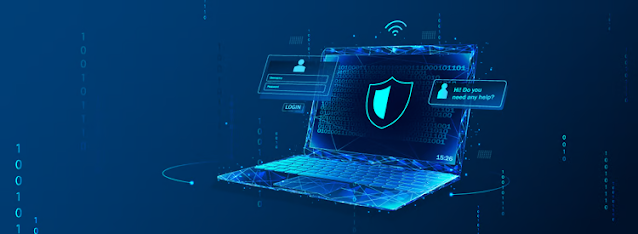 |
| Data protection solutions |
Every year January 28 is
celebrated as 'Data Privacy Day' as a reminder to safeguard our personal
information, as the boundaries between our offline and online lives are
becoming increasingly distorted. Consumers today want to interact with
businesses that are more transparent about their cybersecurity policies,
especially their transparency on measures to uphold data privacy andprotection. In light of recent events, this blog attempts to spread awareness
of the 6 most important methods of data protection for businesses:
Risk assessment: The more
sensitive the data, the more closely it should be guarded and the greater the
technology investment. Businesses can assess the risk profile of their critical
data and segregate it into high-risk and low-risk accordingly. This would
enable efficient data processing based on two axes - breach probability and
potential severity. A data protection officer can help a great deal in this
regard.
Encryption: Does your
business deal in large volumes of mission-critical and personally identifiable
information? Then encryption is a must-have. Make sure your measures are active
every step of the way, including -
● Acquisition (online
cryptographic protocols)
● Processing (full
memory encryption)
● Subsequent Storage
(RSA or AES)
Access control: Hiring
cybersecurity consultants can help you devise an efficient data protection
policy to enhance the performance of data protection tools. The consultants can
designate methods, roles, and responsibilities by assigning privilege-based
access to the company’s assets, network segments, and machinery, the
consultants.
Pseudonymization: This
process works well primarily when larger data sets are involved across vast
organizational levels. Data is stripped of sensitivity and replaced with random
sequences or strings to act like decoys, reducing risk exposure.
Backup: Ideal data
protection solutions must ensure smooth and hassle-free backup of
business-critical data. An important thing to note is that backups must be
updated regularly and stored in a safe place that is closely guarded. Also,
sensitive information must never be stored in the cloud.
Destruction: Obsolete or
old and inapplicable data must be immediately destroyed, especially if no
obligations are left. This is also an effective method for risk reduction.
However, such data in storage can be leveraged and modified for illicit
purposes by rogue elements.
Consider the above methods before opting for data protection packages to
increase overall cyber security.
Comments
Post a Comment